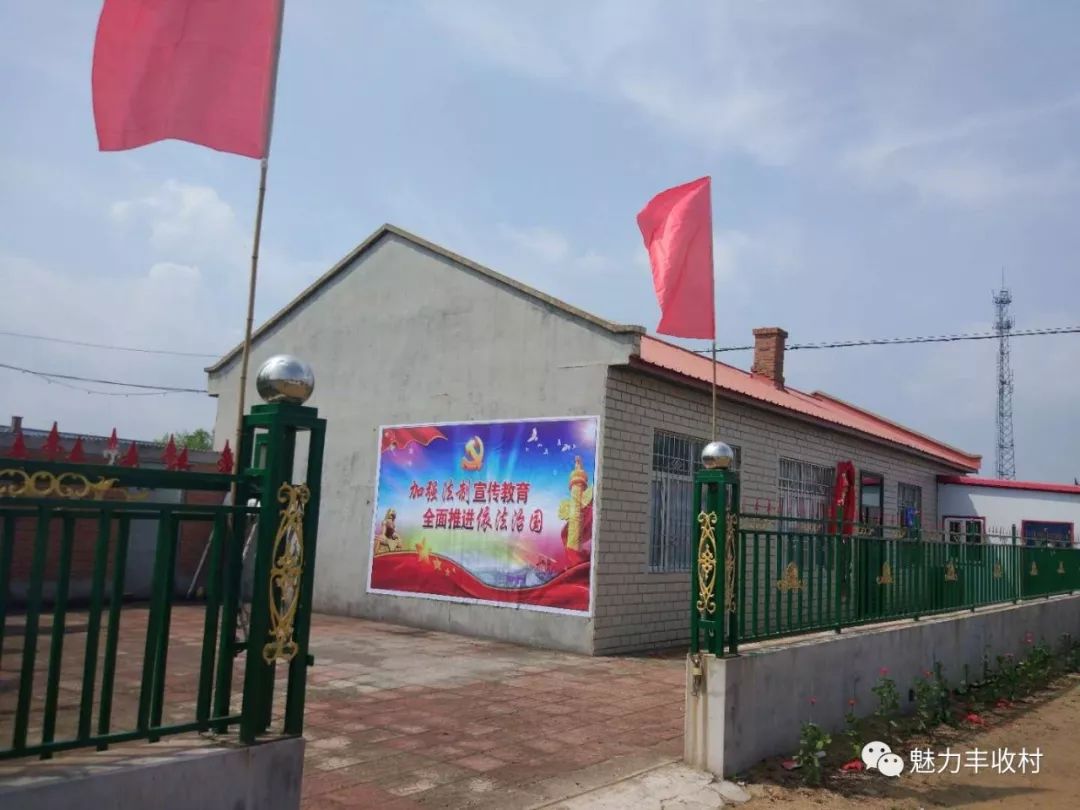The Measures include “General Provisions”, “Emission Management”, “Transportation Management”, “Consumption Management”, “Comprehensive Utilization”, “Legal Liability” and “Supplementary Provisions”, with a total of 7 chapters and 28 articles.
The Measures define and regulate the management of transportation enterprises, the approval of construction waste disposal, the transportation of construction waste, the consumption of construction waste, and the supervision and management, which will change the simple and extensive treatment of construction waste from the source, which is conducive to the construction of a standardized and orderly construction waste management mode, which can not only follow the accelerating pace of urbanization today, but also help to strengthen the effective management of urban construction waste, Maintain the city appearance and environmental sanitation, and lay a solid foundation for building a national civilized city.
The Measures follow the principles of local legislation that are not contradictory, distinctive and operable, and combine the actual development of Zhongwei, scientifically regulate the management of urban construction waste, meet the needs of urbanization construction and development, help promote the green and sustainable development of economic society, and help implement the rule of law thinking and the concept of rule of law.
After the institutionalization of construction waste management, the simple and extensive treatment of urban construction waste in our city will be changed from the source, and the illegal behaviors in the process of construction waste disposal will be effectively curbed.
⏵ Author: All-media reporter Yang Peipei, Wang Wenhui, Editor: Li Boying, Preliminary review: Ma Jinjun, Final review: Xie Yadong.
.
On January 30, the reporter learned from the press conference of the Zhongwei Urban Construction Waste Management Measures that the Zhongwei Urban Construction Waste Management Measures (hereinafter referred to as the Measures) will be officially implemented on February 1.


